PROJECT III
Transition of Converted Stagnant/Contracting Cities
Across Japan
| 3.Transition of Converted Stagnant Cities |
Converted Stagnant Cities, confirmed through the analysis of the Tokyo Datum-based data for 1970–2005, show urban areas shifting to stagnant population growth after a certain point since 1995. The population trends of these areas interestingly suggest that the growth potential of greater metropolitan areas has slowed down after the collapse of Japan’s bubble economy, for they are around greater metropolitan areas in the Kanto and Kansai regions.
This project reveals either stagnation or decline in population growth in all those urban areas since 1995 through our analysis of the WGS-based data for 1995–2020, including the additional data for 2015 and 2020. Examples typical of this are Ebetsu江別 around Sapporo and Kasukabe春日部 and Sayama狭山 around Tokyo, which show a significant decrease.
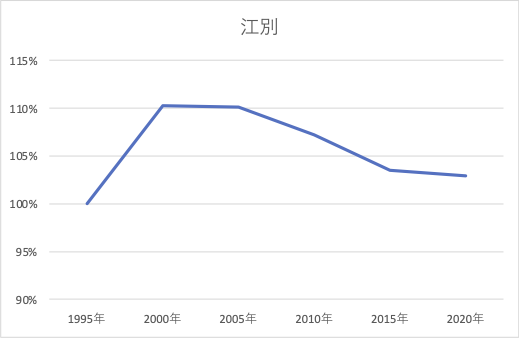
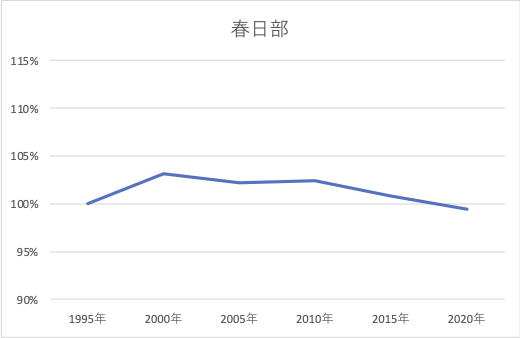
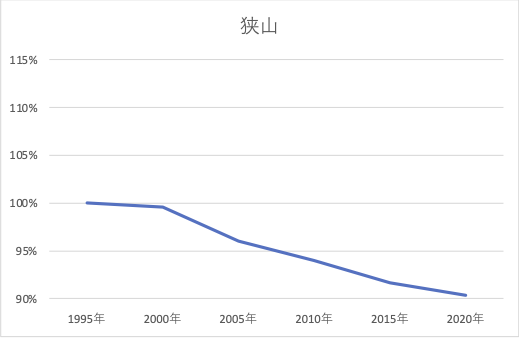
| 4.Transition of Converted Contracting Cities |
We have also defined Converted Contracting Cities in the former project. They had maintained the population tendency of either growing or sustaining until 1980 but later suffered a population decline without exception. In this project, the WGS-based data for 1995–2020 shows that most of those cities’ populations have a continuous decline tendency.
They are mainly local cities less than the local core cities, such as Aomori青森, Kofu甲府, and Fukui福井.
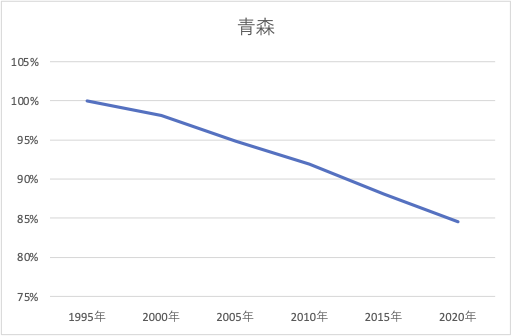
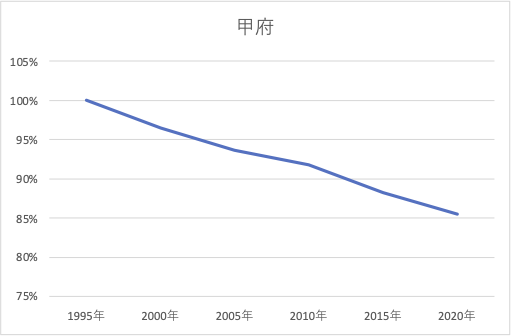
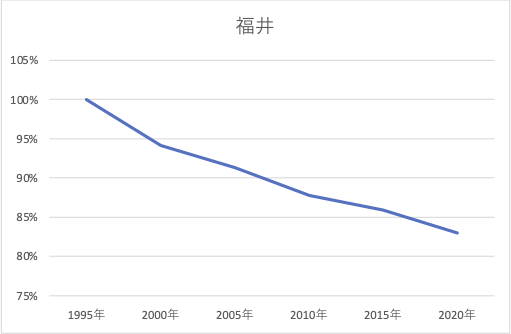
Tottori鳥取 is an exception, however, for it has kept its population from decreasing if it has not increased.
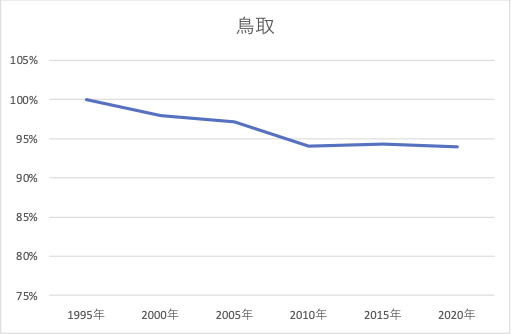
| 5.Transition of Contracting Cities |
Finally, we provide our WGS-based data analysis of the transition from 1995 to 2020 of Contracting Cities, in which steadily declining populations since 1970 have been indicated by the Tokyo Datum-based data. Of these 11 urban areas, including Otaru小樽, Numazu沼津, and Shimonoseki下関, nearly all exhibit a steady population decline during the term.
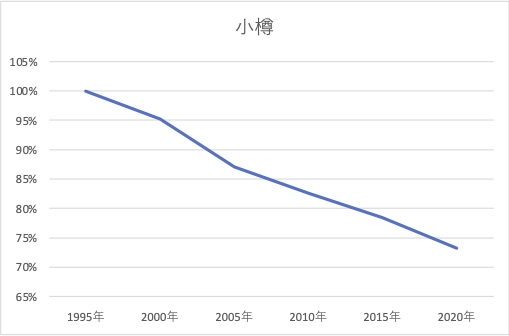
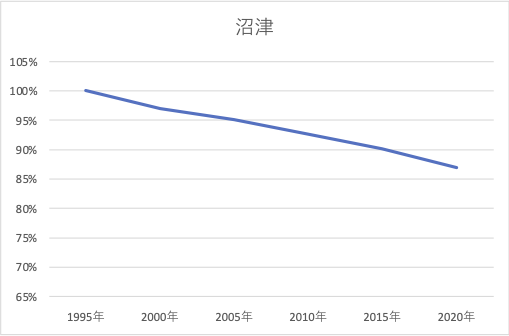
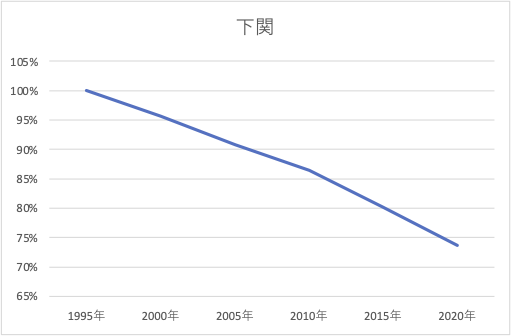
Toyama富山 is an exception in that it has increased its population from 2015 to 2020.
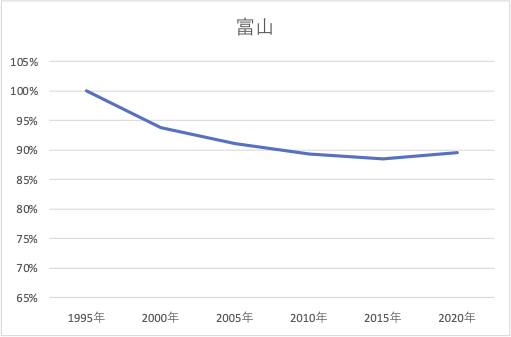
ConTAct us AT
Prof. Kazushi Tamano
2-11 Wakaba Mihama-ku
Chiba-City, Chiba, Japan 261-8586
(The Open University of Japan)
tamano@k.email.ne.jp